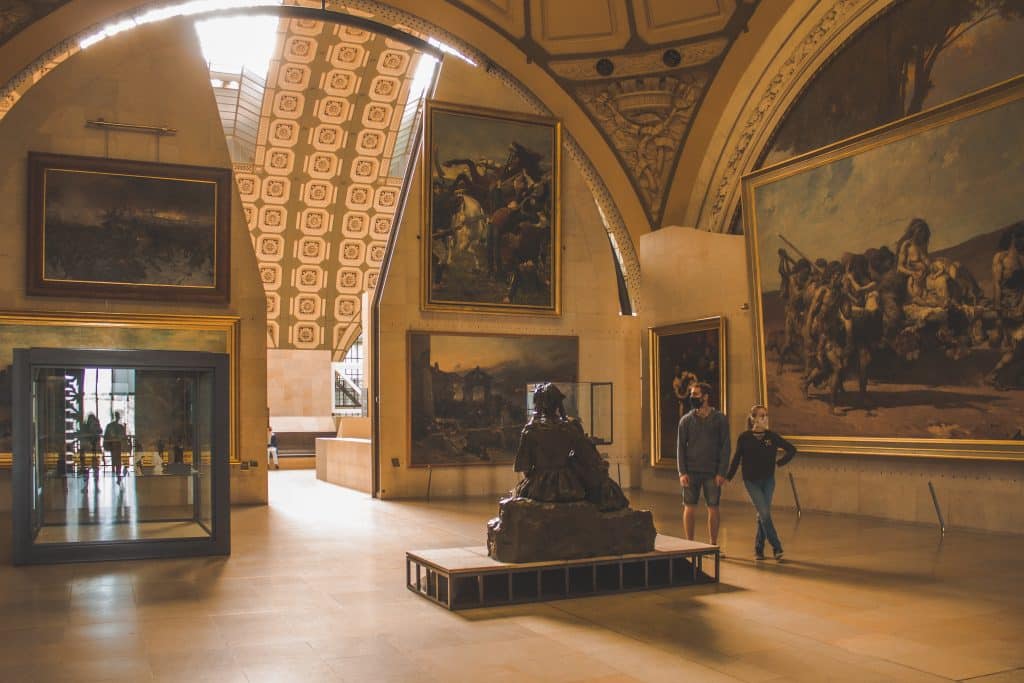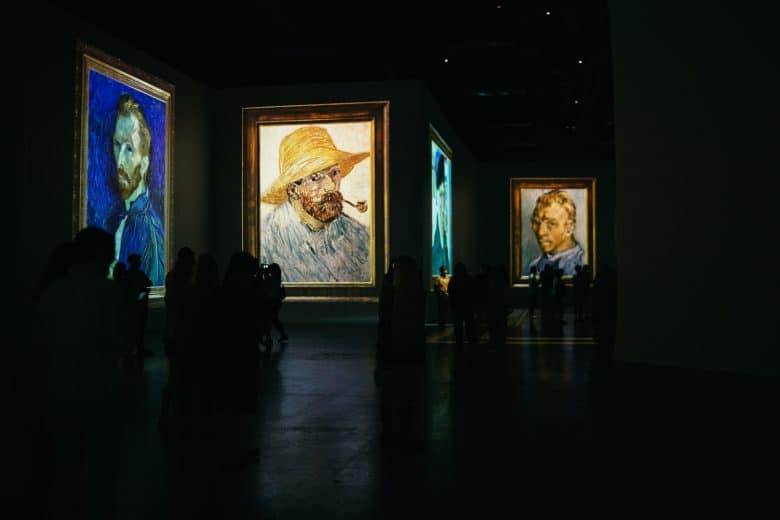Art is subjective, right? So, why is it that some paintings are priceless while others are worthless? Before the days of printing services, artists engaged in mark making, using paints, lead, charcoal, etc. Each of these is an art from that has continued into the present day, but what makes some pieces of art so much more valuable than others? It’s impossible to distinctively say that one piece of art is better than another, as this is based on the tastes and preferences of each individual. Yet, some artworks are deemed so great that they don’t even have a price attached to them.
Some “priceless” paintings include Leonardo da Vinci’s Mona Lisa, Willem de Kooning’s Interchange, and Paul Gaugin’s Nafea Faa Ipoipo (When Will You Marry?). With this being said, what exactly is it that makes these paintings that much more valuable than any other piece of art?
The Artist’s Backstory
An interesting or tragic backstory goes a long way when it comes to increasing the value of an artist’s work. As humans, we’re fascinated by humans, meaning we’re always intrigued by the lives that produced these incredible pieces. Take Vincent van Gogh, for example, who notoriously cut off his ear. While his works were amazing on their own accord, his intriguing backstory helped him capture the interest of people for hundreds of years.
Typicality
Most artists exhibit recognizable features in their works that become associated to them. For instance, today, Pablo Picasso is most readily associated to cubism, meaning that his early landscapes don’t sell for as much as his cubist paintings.
Popularity of the Artist
As with anything, art is all about trends. Therefore, if an artist is especially famous, popular, or trendy, their work will sell for more. These trends will also cause ebbs and flows within the cost of an artwork. For instance, an artist can either become more or less trendy with time, which results in fluctuations in the cost of artworks. With incredibly famous artists that have clearly stood the test of time, such as Leonardo da Vinci, Michelangelo, and Rembrandt, even a couple of lines on a page would be worth a significant sum of money.
Historical Significance
If one thing is certain, it’s that art represents a time in history. Consequently, if an artwork is a predominant player in the canon of art history, the value of the artwork will skyrocket. For instance, the Mona Lisa has fascinated admirers for centuries. Who is this woman? Why is she smiling? The Mona Lisa raises so many questions and its these many unknowns combined with artistic beauty that has allowed her to captivate the interest of billions throughout history.

Condition
It doesn’t matter what is being sold second-hand; the condition of the item is a huge determining factor of the price. Therefore, in order for an artwork to fetch its maximum value, it must be in pristine condition. The likes of sun damage and tears can adversely impact the value of a painting. It’s for this reason that the most valuable cases are protected by bulletproof glass cases and are kept out of sunlight.
Provenance
The provenance of an artwork refers to who it has been owned by previously. For instance, if a painting once took up real estate in a respected gallery or came from a prominent collector, the value of such will inevitably skyrocket.
Authenticity
Last but certainly not least is the authenticity. Much like a genuine Louis Vuitton handbag will be worth thousands more than a fake one, a copy of the Mona Lisa will never fetch the same amount of money as the original.














Leave a Reply